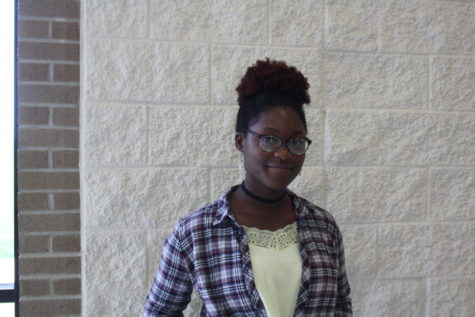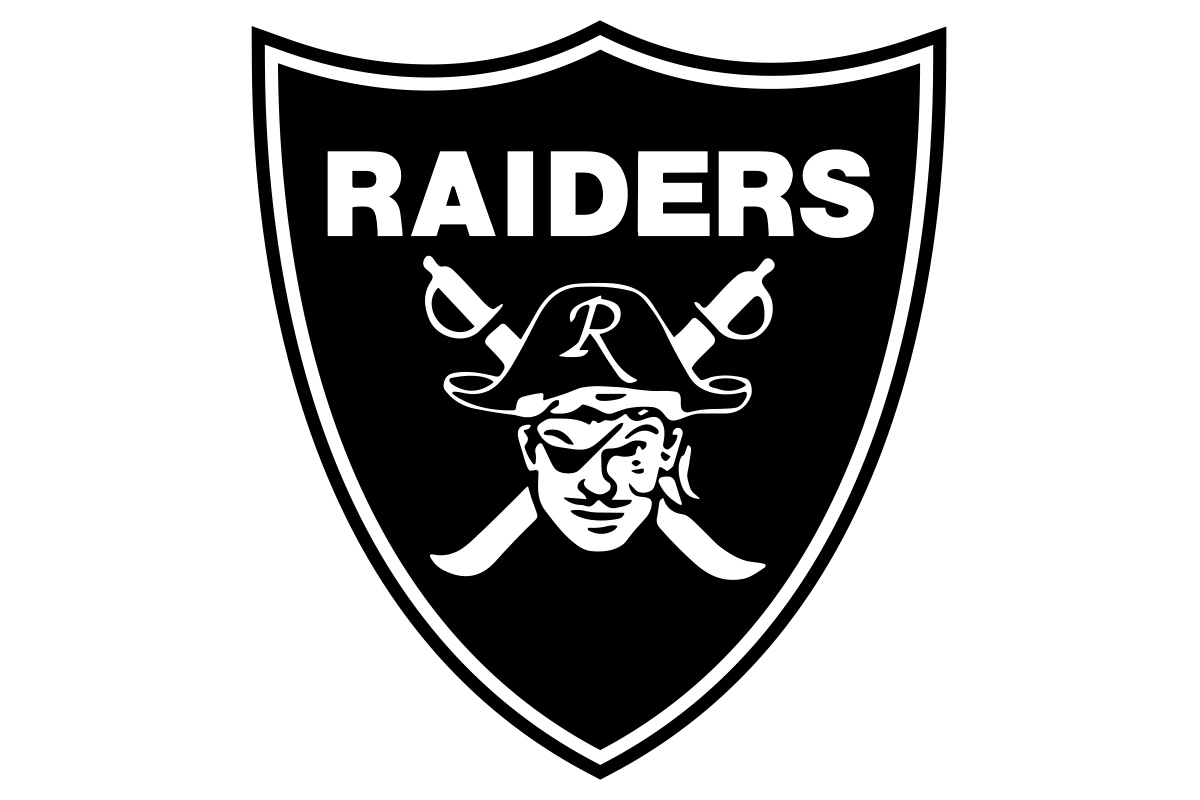Stephen King’s ‘It’ resurfaces to theaters
Creepy clowns are not new. Neither are children mysteriously disappearing. However, if presented in such a way as the refurbished It movie, these overused horror story plots seem like timeless classics.
Stephen King’s It first began haunting dreams in 1986 when the book was published. Then, in 1990, the book was brought to television sets when it was adapted into a two part miniseries. Now, the adaptation has come back into theaters to remind its audience the reason to be wary of clowns.
Both adaptations take place in Derry, Maine during the 1960s. However, the miniseries from the 90s chronicles two time periods: the 1960s when the main characters are still children, and in the 1990s when they have grown up. The story follows a group of seven social outcasts–Bill, Ben, Bev, Mike, Stanley, Richie, and Eddie–as they band together to defeat a shapeshifting evil named Pennywise, that often takes the form of a creepy clown.
Despite having the same setting and plot, the way each adaptation approaches the movie is significantly different. The miniseries begins with a death of a little girl in the 1990s, whereas the movie begins with the kidnapping (and subsequent death) of Bill’s brother, Georgie, in the 1960s. In the miniseries, Mike Hanlon, calls the six other main characters to come back to Derry to defeat Pennywise due to the promise they made when they were children to come back to kill the clown if it was not dead. After Mike calls a person, the miniseries dedicates a scene to elaborate on their own terrifying experiences with the clown during their childhood. This creates for a confusing narrative for the audience as the time period is continuously switching back and forth, and becomes tedious and repetitive when the audience has to go through these flashbacks seven times before the main characters can come together to defeat Pennywise.
In comparison, the revamped It focuses solely on the experiences of the children, so the movie does not cram too much inside of it. In addition, the special effects used in the movie allows its audience to better visualize the events detailed in the book and can even make moviegoers forget that this is simply a movie. In one scene, the children are using a projector to track the movements of Pennywise, but it soon backfires as the clown uses the projector to show pictures of Bill Denbrough’s family. Soon, the speed of pictures shown increase, (as does the suspense), before settling on Bill’s mother in one particular photo of his family. In the picture, Bill’s mother’s hair is swept over her face, until suddenly the hair is swept to the back the head and the face appears as the murderous clown, smiling creepily. Now, completely frightened, the children kick the projector to the floor hoping to stop it, but Pennywise shows another picture, this one a blurred one of him. The projector goes in and out until suddenly he is not in the picture, then the room goes dark again and Pennywise materializes in front of the children, surely making the audience jump high out of their seats.
Another eerie attribute the movie brought life was the 27 year time frame. According to the book, the murderous clown appears ever 27 years to lure children to their ultimate despise. So, many fans have speculated that it is not a coincidence that the readaptation of the book came out 27 years later after the first readaptation of it in the 1990s. Whether intentional or not, fans all around can agree that this increased the creepy elements surrounding the movie.
Despite, the differences in each of the installments, they both succeed in bringing to life the book. From the close friendships of the main characters to the terrifying fears Pennywise brought to life, Stephen King’s It will be a movie many people will love just as much as they fear.

Hi! My name is Fatimah Dixon, and I am currently a senior at Randall High School. This is my first year of newspaper, so I am excited to start. The reason...




